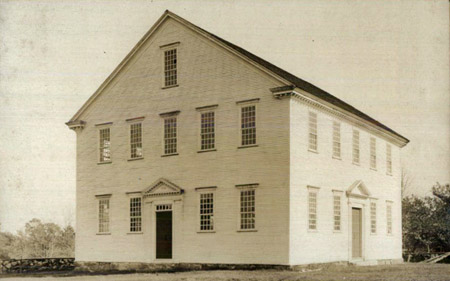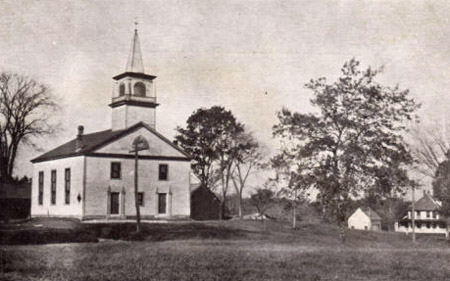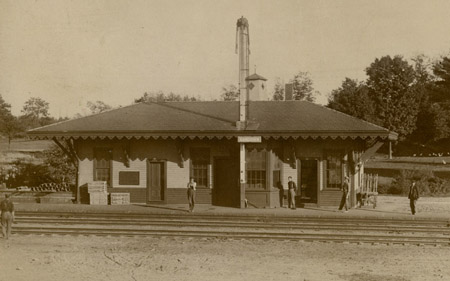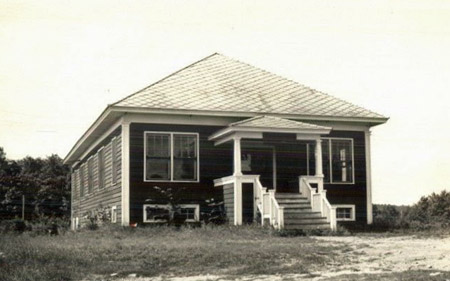Once part of Kingston, Sandown was incorporated as a town in 1756 by Colonial Governor Benning Wentworth. The name comes from the seaside resort town on the Isle of Wight in England.
Meeting houses were each community's gathering place for both civic and church affairs. Built in 1773 to replace a smaller building, the Sandown meeting house remains largely unaltered from its colonial days. Since 1929, it has been preserved by the Old Meeting House Historical Association.
The meeting house is on the National Register of Historic Places.


Built in 1835, the church is now Rock Church Ministries' St. Matthews Church.
The Nashua & Rochester Railroad was built through Sandown in 1874, eventually becoming a piece of the Boston & Maine Railroad's regional network. Train service ended in 1934 at which time the depot was converted to a state highway garage. The depot was purchased by the town and restored in 1977. It is home to the non-profit organization, the Sandown Historical Society & Museum.
The depot is on the National Register of Historic Places.


Constructed in 1921 originally as a Community Hall for the town. The first town meetings were held in the new town hall in 1929, replacing the meeting house for the center of civic business. The new town hall's location reflects how the railroad depot had become the center of the community. In the early 1900s, the town hall was also used for the Sandown Grange. The Grange is a fraternal organization that promotes economic and political well-being of the community and its agriculture.
Saturdays (May thru Oct)
10:00 am to 2:00 pm
Free Admission
Copyright © 2024 Sandown Historical Society & Museum. All Rights Reserved.
Hosting and website management courtesy of Nashua City Station Railroad History.